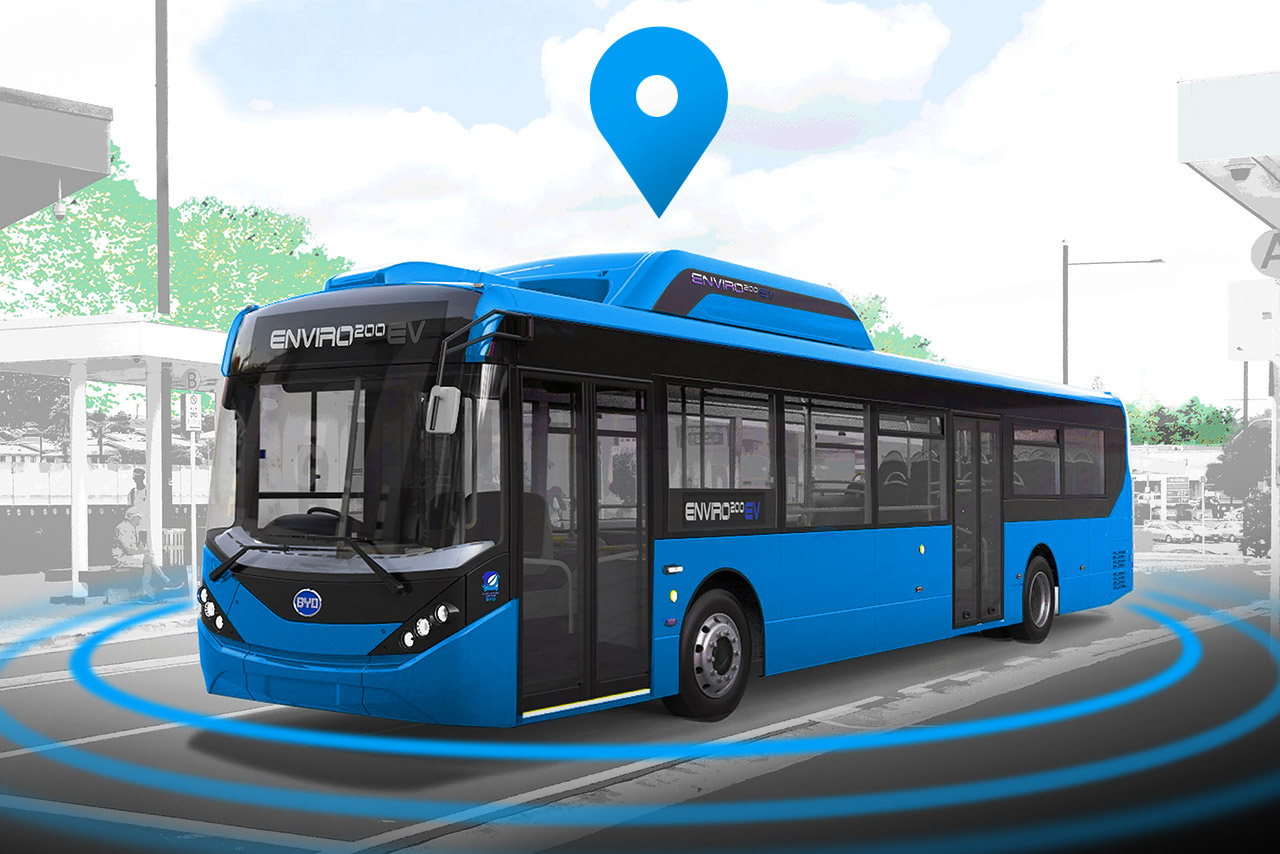Guess the most congested city in the world? Mexico City. It has a congestion index of 66%, states the TomTom Index, which measures traffic congestion worldwide. Below is a table of the five most congested cities worldwide. Luckily, there are alternatives to get around the frustration of congestion starting with using public transport. In this piece we’ll look at ways in which tech is improving public transport.

Image Source: https://www.tomtom.com/en_gb/trafficindex/
As urbanisation increases (the United Nations suggests that will increase to 70% within four decades), densely populated areas will face transportation issues, states Engineering.com. By 2035, the number of vehicles on the road worldwide is expected to triple. However, public transport, including walking and bicycling, can improve air quality and reduce CO2 emissions as well as save households an average of $6,251 per annum.
Driven by various technologies, the public transport system is on the brink of a technological revolution. These technologies include real-time information flow between commuters and transport providers, Artificial Intelligence (AI) and smart algorithms, which allow for the rapid processing of this information. Here are some specific ways tech is improving public transportation.
-
Real Time Vehicle Tracking
Many people become frustrated because they don’t know when their public transport vehicle will arrive at their stop. Internet of Things (IoT) technology will allow providers to easily track the location of their vehicles by installing GPS systems on vehicles that are connected to the Internet. This internet data can be easily communicated to passengers’ devices.
-
E-Tickets
The paper ticket has effectively disappeared in many countries. Apps that incorporate e-tickets can be very flexible, even allowing one person to send an unused travel ticket to a friend.
-
Intelligent Transport Systems (ITS)
Real-time traffic and passenger information can be fed through intelligent transport systems which then automatically adjust traffic signal timings. This can greatly improve the capacity and speed of transport systems.
-
On-demand public transportation systems
Imagine if you didn’t have to plan your journey around bus or train routes; instead, you could summon the bus to pick you up. This isn’t just a pipe dream; in fact, Singapore is introducing an on-demand bus service this year. Using a smartphone, a commuter will indicate where he wants to be picked up and dropped off within designated areas. The bus operators will aggregate these demands via algorithms to work out the number of buses to deploy and which routes to take. Empty routes will be avoided and commuters can expect much shorter waiting times.
-
Open source transport apps
Open source transport apps provide visual displays that link together various types of transport – e.g. bike share systems or trams. An example of such an app is Transportr, which makes it easier for people round the globe to use public transport.
Many of the ways mentioned above rely on the processing of large amounts of data to develop relevant algorithms. This is really the work of Data Scientists. Basically, a Data Scientist analyses data for actionable insights on anything from product development to customer retention to new business opportunities. In 2018, the demand for Data Science talent in the US is projected to be 50-60% greater than the supply. This translates into a shortage of 140 000 to 190 000 people, as well as 1.5 million manager and analysts, states Medium.
In conclusion, there are many ways tech is improving public transport. If you’re interested in becoming a Data Scientist, you’ll want to start learning Python, R and SQL, analytical languages for Data Science. You could also consider enrolling on HyperionDev’s Data Science online bootcamp.


